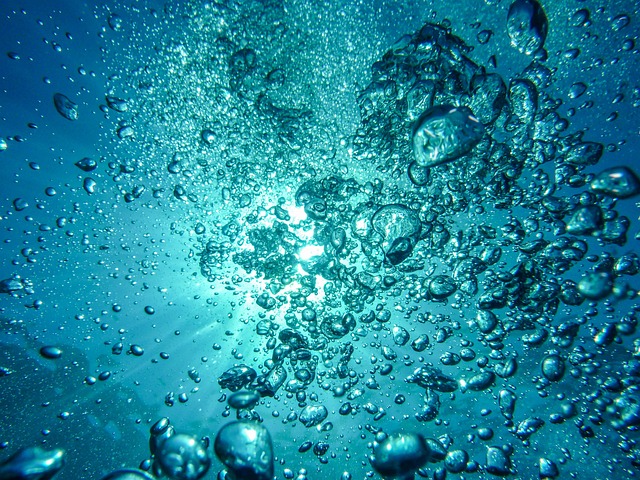Dive into the fascinating world of bizarre sea creatures that shed light on the dawn of the animal kingdom. Discover the significance of these prehistoric marine lifeforms and their role in understanding the Cambrian explosion and evolutionary biology.
Bizarre Sea Creatures Unveil the Dawn of the Animal Kingdom
Introduction
The depths of the ocean harbor a plethora of bizarre sea creatures, many of which hold the key to understanding the origins of the animal kingdom. These prehistoric marine lifeforms, dating back to the Cambrian period, offer valuable insights into the evolutionary history of life on Earth. In this article, we’ll explore the significance of these strange sea dwellers and their role in illuminating the dawn of the animal kingdom.
The Cambrian Explosion: A Burst of Biodiversity
Approximately 540 million years ago, the Cambrian explosion marked a significant turning point in the history of life on Earth. This event saw an unprecedented burst of biodiversity, giving rise to a vast array of new species, many of which were bizarre sea creatures. The Cambrian explosion laid the foundation for the evolution of complex multicellular organisms and set the stage for the emergence of the modern animal kingdom.
Bizarre Sea Creatures: Windows to the Past
These ancient sea creatures, preserved as fossils, provide a glimpse into the origins of the animal kingdom. Some examples of these enigmatic lifeforms include:
Anomalocaris: A large, predatory creature with a segmented body, large eyes, and grasping appendages, Anomalocaris was a dominant predator in the Cambrian seas.
Opabinia: With its five eyes and a unique, claw-like appendage used for feeding, Opabinia remains one of the most peculiar animals in the fossil record.
Hallucigenia: Aptly named for its bizarre appearance, Hallucigenia featured long spines, numerous legs, and an elongated body.
The Significance of Bizarre Sea Creatures in Evolutionary Biology
These prehistoric sea creatures are of immense interest to scientists in the fields of paleontology and evolutionary biology. The study of these ancient lifeforms allows researchers to:
Trace the origins of modern animal groups: By examining the anatomical features of these ancient creatures, scientists can establish relationships between them and their modern descendants, shedding light on the evolution of different animal groups.
Understand major evolutionary transitions: The Cambrian explosion marked a significant shift from simple, single-celled organisms to complex, multicellular life. Studying these bizarre sea creatures helps researchers understand the factors that drove this major transition in the history of life on Earth.
Explore ancient ecosystems: The fossils of these sea creatures reveal the dynamics of ancient marine ecosystems, providing valuable information on food chains, predator-prey relationships, and the environmental conditions that prevailed during the Cambrian period.












